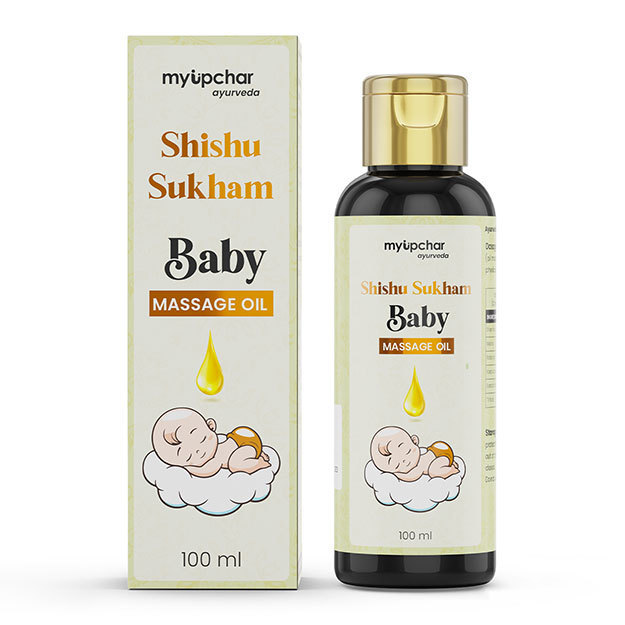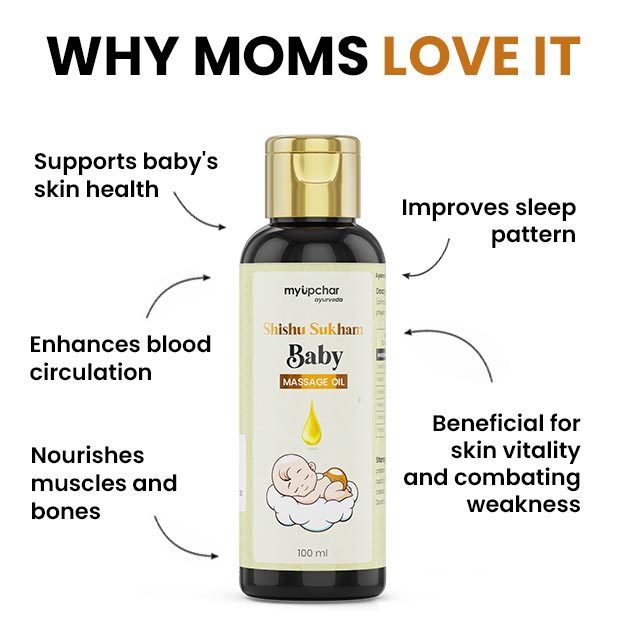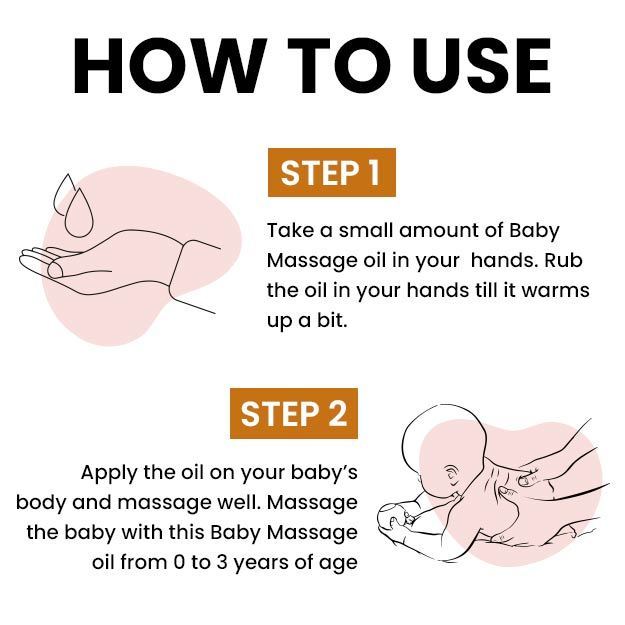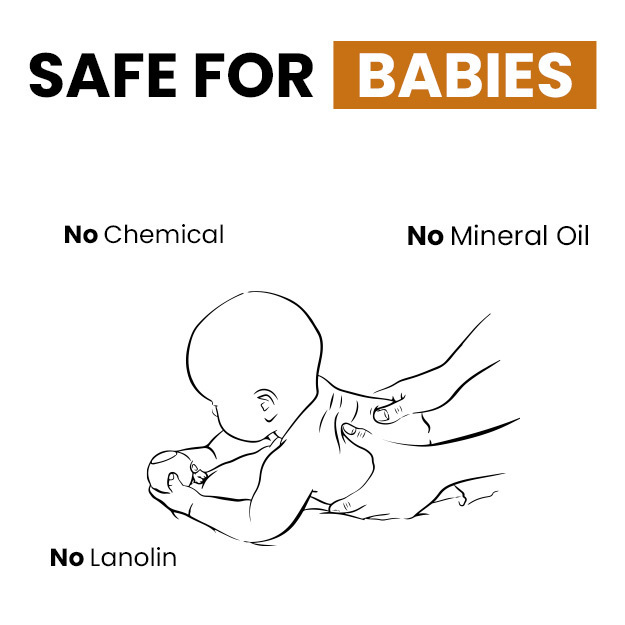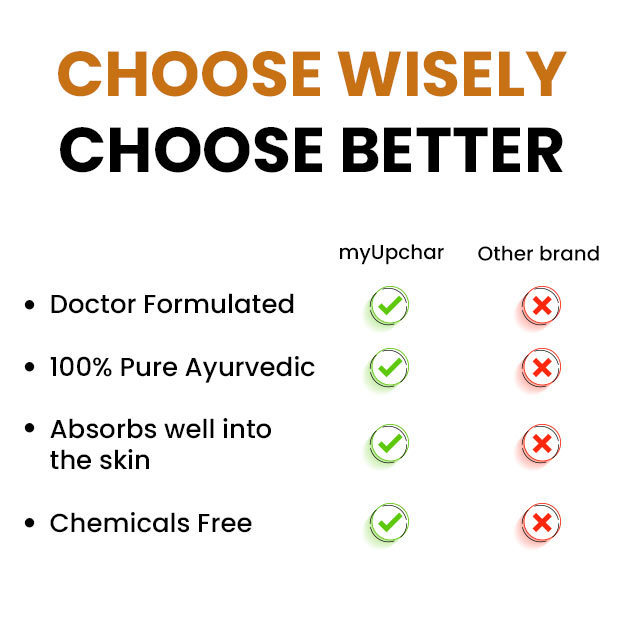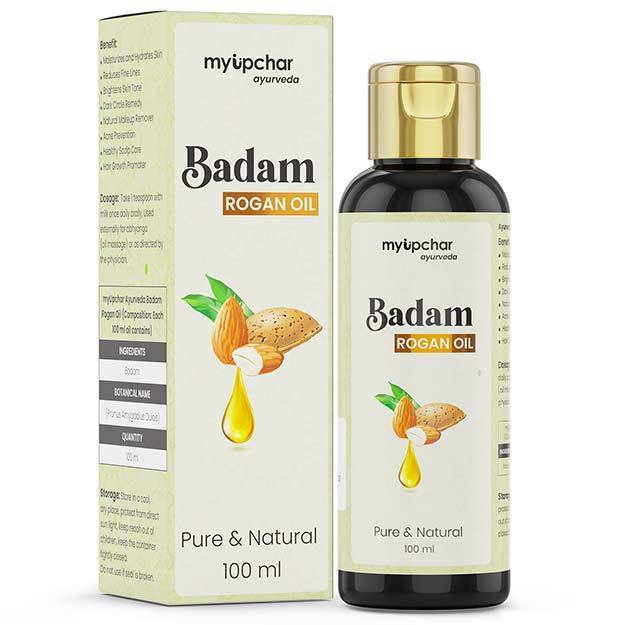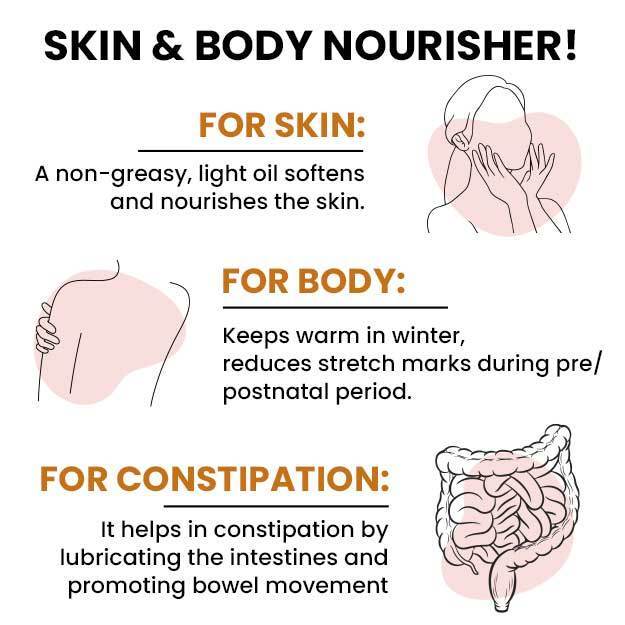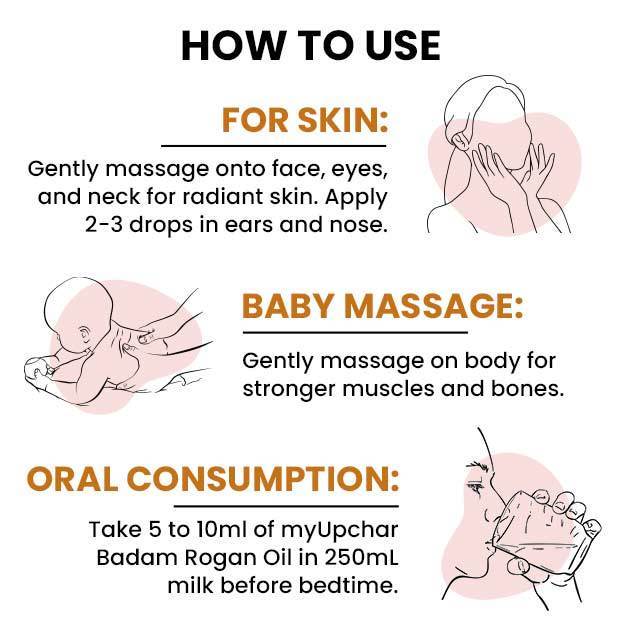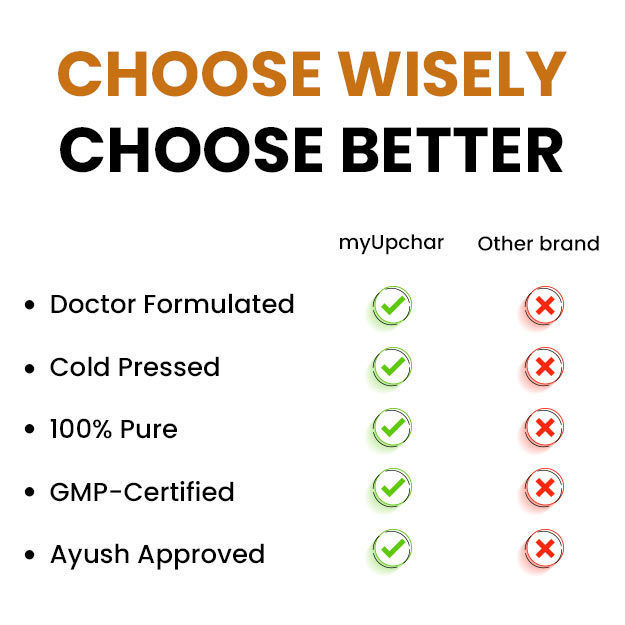Children with high blood cholesterol and high triglycerides need medical care and lifestyle management for life, as they are at higher risk for heart diseases like coronary artery disease in later years.
The trouble is that dyslipidemia—or abnormal levels of fats and fat-like substances such as cholesterol and triglycerides in the blood—in children often goes unnoticed and undiagnosed.
Part of the reason for this is the lack of awareness that cholesterol problems can start at any age. Another part of the problems is that high cholesterol doesn't produce any symptoms until it is fairly advanced, and the only way to know if the problem exists is to test for it.
Indeed, some experts abroad have argued that it may be a good idea to test all children for cholesterol problems at birth. Others have insisted that checking blood cholesterol at age 1 might be a better predictor for future heart disease and familial hypercholesterolemia.
As of now, the guidelines in some countries say that children whose parents don’t have high cholesterol should be checked once between the ages of nine and 11 years, and then between 17 and 21 years. Those who have a parent with dyslipidemia or other risk factors for heart disease should have their first lipid profile test aged 2-8.
High cholesterol in children is total blood cholesterol over 200 milligrams per deciliter of blood and over 130 mg/dL of bad cholesterol or low-density lipoprotein (LDL). Good cholesterol, or high-density lipoprotein (HDL), under 45 mg/dL can be seen as a warning sign. A lipoprotein is cholesterol and/or triglycerides wrapped in proteins by the liver, to transport them throughout the body.
Testing children for high cholesterol is more important today than ever before for three big reasons:
- Early detection of high cholesterol in children can help doctors devise better preventive care (to prevent or limit the progression of arterial disease, heart disease and other problems) for the children who need it.
- A type of inherited cholesterol problem—familial hypercholesterolemia—can affect very young children.
- Additionally, as diets and lifestyles change, the incidence of obesity and diabetes in children is on the rise across the globe. As obesity and diabetes are risk factors for high blood cholesterol and high triglycerides, the incidence of pediatric cholesterol issues is also rising.
The management of cholesterol in children includes lifestyle changes in terms of diet and exercise. Usually, medicines are avoided for children under 10 but doctors take a call on this on a case-to-case basis. (Read more: Foods to control and reduce high cholesterol)
Read on to know more about cholesterol in children, symptoms of high cholesterol in children, causes of high cholesterol in children, risk factors of high cholesterol in children, diagnosis of high cholesterol in children, treatment of high cholesterol in children and complications of high cholesterol in children.





